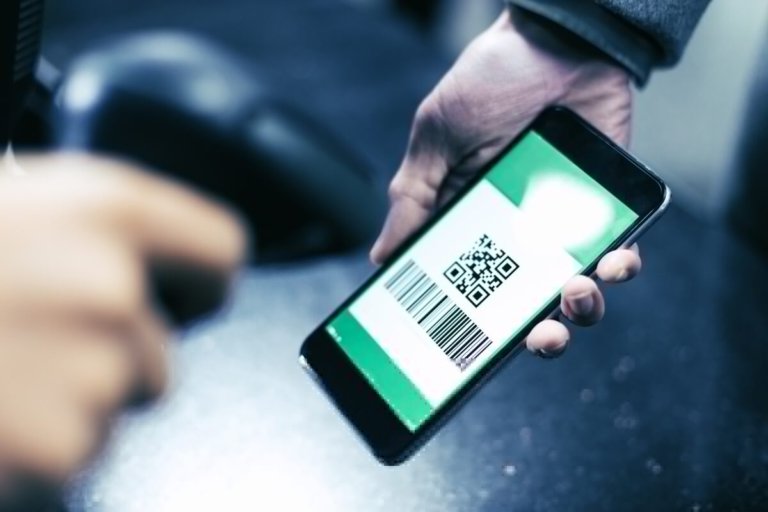
Technology is transforming retail at an accelerated pace, paving the way for massive changes to society and the economy. In a similar vein, many retail transactions are increasingly going digital, with users paying with a tap of a card or via a mobile app.
The result? People are not only carrying less cash on them, but many are making more purchases without physical currency – a trend that the Pew Research Center has observed in the US.
According to the Straits Times, via China Daily, China is already on its way to become a cashless society. It is now the world’s largest mobile payment market and also a leader in peer-to-peer payments, in which people are able to pay each other by text.
While the move towards a cashless economy may have divided opinions, reports suggest the cashless wave is hitting universities too, with more universities beginning to embrace cashless transactions.
When physical cash is no longer king

In some universities, students can pay for their food with apps and QR codes. Source: Shutterstock
Last year, the National University of Singapore (NUS) announced to students and NUS staff through an internal email that it had plans to go fully cashless, but the initiative was not well-received by pockets of students.
The Bangkok Post reported that a petition has been started against the move, with concerns such as a lack of “inclusiveness” and the unreliable and “erratic nature” of the Wi-Fi connection on campus which could affect access to cashless payments.
However, in response to media queries about the students’ concerns, an NUS spokesperson was reported saying that the initiative will be rolled out in phases as “the intent is to give users sufficient time to be familiar with the various cashless payment options”.
At the time the report was written, over 60 percent of transactions at canteens and dining outlets in NUS have been made through cashless payments. The figure is expected to increase when payments made via EZlink and FlashPay cards – popular smart cards in the country used for daily transport and retailing needs – are available from June, said the report.
“The university is taking a phased approach to progressively introduce the concept of a cashless campus, and this in line with Singapore’s drive towards a cashless society,” the NUS spokesperson said.
In Malaysia, universities including Monash University Malaysia, Universiti Sains Islam Malaysia (USIM) and Universiti Teknologi Mara (UiTM) are already dabbling with cashless transactions on campus.
Ulster University in Ireland has contracted Barclays to support the university’s vision for cashless campuses, reported The Irish News.
Pros and cons of cashless transactions on campus

Will some students be left out if universities embrace cashless transactions? Source: Shutterstock
For retailers or universities, some of the benefits for campuses to go cashless include saving businesses the trouble of insuring and managing their cash, reducing the risks of employees from getting robbed and reducing human error during transactions, which can lead to profit loss.
Meanwhile, university-going students are also more likely to make digital payments, which further necessitates the need for digital payments on campus to reflect current trends.
Speaking to UB, Matt Sewell, Corporate Account Manager, Epos Now, said individuals aged 18 to 34 are four times more likely to carry a phone than cash, highlighting the growing importance of the mobile phone as a replacement for all or part of the wallet.
Students can save themselves the trouble of withdrawing cash at odd hours when making purchases at non-peak hours, thus ensuring their safety or saving themselves the trouble of looking for an ATM during such times.
However, the move towards a cashless society has drawn criticism from certain quarters.
Speaking about the move towards a cashless food economy in Canada to CityNews, Sylvain Charlebois, professor of food distribution and policy at Dalhousie University, said going cashless could mean excluding individuals from lower-income households who may not have a bank account, credit card or a debit card.
Back in 2017, on Epos Now, Sewell said despite the availability of technology, some businesses and universities haven’t embraced cashless transactions due to concerns about investment, supplier selection, and system implementation/management. In some cases, “it may simply be a question of cold feet”, he said.
“Sometimes, there’s a sense that cash is cheaper to transact. Cash payments cost an average of 2p to process, versus merchant charges for debit-card and credit card payments, although these can actually be much cheaper than expected.
“Businesses often forget the significant add-on costs involved in receiving, counting, insuring, storing, reconciling and transporting cash, let alone human error and the fact that cash is much more open to fraud and theft,” he said.
Whether universities stand to go completely cashless in the future remains to be seen, but should more universities step up their efforts towards becoming cashless?
Liked this? Then you’ll love…
How is Robots4Autism improving students’ social skills?
Robots on campus: 5 ways they are cropping up at universities







